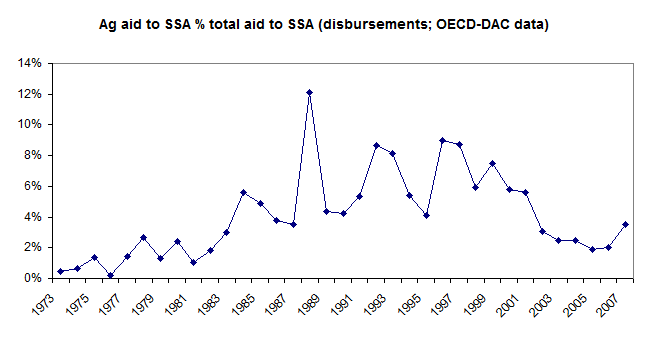Nicholas Kristof’s excellent column describes the problem of obstetric fistula and the World Fistula Foundation.
We strongly share Mr. Kristof’s view that obstetric fistula is a pressing problem, and have written before that it’s one of the problems we’d most like to help donors address.
However, we still have not identified a fistula charity that we can be highly confident in. Here’s what we do know about the Worldwide Fistula Fund (WFF), the charity discussed in the column:
We’re confident that WFF is a legitimate operation working hard to address the problem of obstetric fistula. We’ve had significant back-and-forth with Dr. Lewis Wall, the founder and President of the Worldwide Fistula Fund.
Obstetric fistula is correctable, but the surgery is complex and may have a high failure rate. More at our discussion of the condition of obstetric fisula.
WFF’s current initiative is building specialized fistula facilities. The proposed plan (PDF) states that “cases such as fistula repair are chronically “bumped” from the surgical schedule by a continuous string of emergencies,” and thus that “without dedicated
facilities for fistula surgery, these operations will never get done.”
Is it the case that regular hospitals are unwilling or unable to treat fistulas reliably? Or might this approach represent an unnecessary diversion of resources from other pressing health problems (for example, pneumonia)? Especially if WFF’s focus is on lobbying the government to reallocate funding rather than using donations to increase total aid flows? At this point we don’t have the information to say.
We don’t know:
- The skill level of the surgeons that will be working at WFF’s new facilities, or the success/complication rate of their surgeries. Hopefully this information will become available in the future.
- The full story of what happens to the women who get corrective surgery. We have some information about the medical benefits of surgery, but very little about the social implications. To what extent can a “pariah” be re-accepted into her community?

